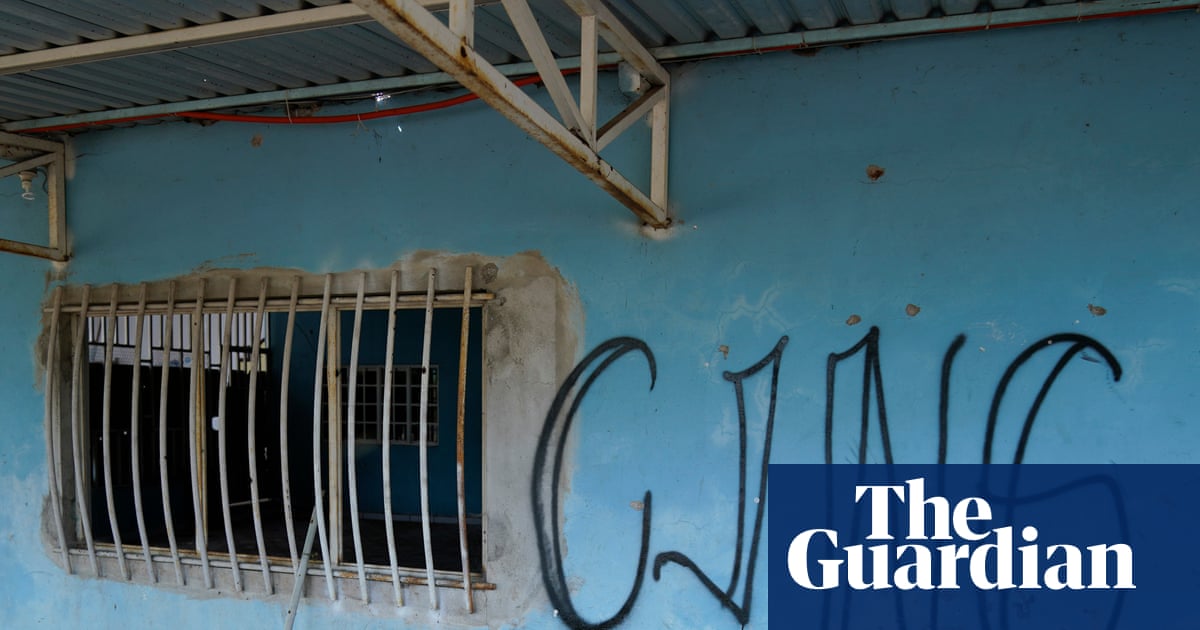From the rainforests of Central and South America to the savannas of northern Australia, the world’s equatorial regions are home to thousands of unique bird species, from macaws to toucans to hummingbirds, who thrive in hot and humid environments.
But as climate change accelerates, tropical regions are seeing ten times the number of dangerously hot days than they did 40 years ago, threatening the survival of some of the world’s most colorful birds, new research shows.
Between 1950 and 2020, extreme heat events reduced tropical bird populations by 25% to 38%, according to a study published in the journal Nature Ecology and Evolution.
The study shows extreme heat events are a “primary driver of species loss” — which can explain why even bird populations in some of the most pristine corners of Earth are dwindling, said James Watson, a professor in conservation science at the University of Queensland and one of the study’s authors.
“It really points to the fact that we’ve got to get greenhouse gas emissions sorted out, because these extreme heat scenarios are going to increase over time,” Watson said.
Watson and his colleagues analyzed more than 90,000 scientific observations from more than 3,000 bird populations and matched it with daily weather records dating back to 1940, to see how bird populations responded to extreme weather events, including rainfall and heatwaves.
They tested their findings against data on human industrial activity to focus specifically on impacts from climate change.
The scientists found that exposure to heat extremes (temperatures which exceeded the 99th percentile) led to a reduction in bird populations at latitudes below 55 degrees north or south, with the most extreme effects felt in the tropics, meaning latitudes below 23 degrees.
The authors found the increase in heat extremes was more detrimental to birds than annual average temperature increases caused by climate change.
A collared aracari toucan sitting on the moss branch in the forest, Boca Tapada, Costa Rica. - Ondrej Prosicky/imageBROKER/Shutterstock
Extreme heat poses grave threat to tropical birds
The notion that bird populations are steeply declining is not new – a 2019 study found bird populations in the US and Canada have dropped by 30% since 1970, signifying a loss of almost 3 billion birds.
However, much of this loss has been attributed to more direct human impacts, such as habitat loss from farming, logging and mining, or even building collisions.
The study underscores the threat extreme heat poses to birds in tropical regions and helps explain why birds are dying even in remote and protected areas, typically considered havens of biodiversity.
In two undisturbed rainforests in Panama and the Amazon, bird populations declined by more than 50% for the majority of species between 1977 and 2020, and between 2003 and 2022, respectively, according to the study.
When birds are exposed to extreme heat, they can become hyperthermic, where their body temperature is elevated to a dangerous level. Since birds can’t sweat, under these conditions, they may start to pant or expose more of their skin to try to release the heat.
The bird may become dehydrated or disoriented, and in some cases, lose consciousness and fall from their perches. Exposure to extreme heat can also cause organ damage in birds and hinder their reproductive capacity.
Part of what makes the tropics such important areas for biodiversity is also what makes them particularly fragile to climate change.
“It’s almost the perfect storm,” said Golo Maurer, the director of bird conservation strategy at Birdlife Australia.
In tropical areas, you find species with small populations that have found their niche in a very narrow band of temperatures, said Maurer, who was not involved in the study. “This, in turn, drives amazing diversity.”
But when temperatures increase beyond these comfortable bands, tropical birds struggle to adapt, Watson said.
“They’ve got far smaller populations, and their evolutionary capacity is much, much smaller,” Watson said.
A macaw is seen at Santa Sofia Uchuma community, near Leticia, Amazonas department, Colombia, on November 19, 2020. - Raul Arboleda/AFP/Getty Images
‘Another wake-up call’
Maurer said the study shows “we can’t just sit back” and assume species will be safe because they are in protected areas.
“Climate change is so pervasive that it will affect those areas as well,” he said.
Maurer said he has noticed how climate change is affecting birds in his tropical home of north Queensland, Australia, an area known for its biodiversity with a large number of endemic birds.
For example, BirdLife’s volunteer observers have been having to go to higher elevations to spot golden bowerbirds, small yellow birds which have a small range and live in the rainforest in Queensland, Maurer said.
Watson said the study should serve as “another wake-up call that greenhouse gas emissions and climate change are a major problem for biodiversity.”
“We have to abate climate change as a primary strategy, because we will lose vast numbers of species in the tropics if we don’t.”
For more CNN news and newsletters create an account at CNN.com

 German (DE)
German (DE)  English (US)
English (US)  Spanish (ES)
Spanish (ES)  French (FR)
French (FR)  Hindi (IN)
Hindi (IN)  Italian (IT)
Italian (IT)  Russian (RU)
Russian (RU)  14 hours ago
14 hours ago


























Comments